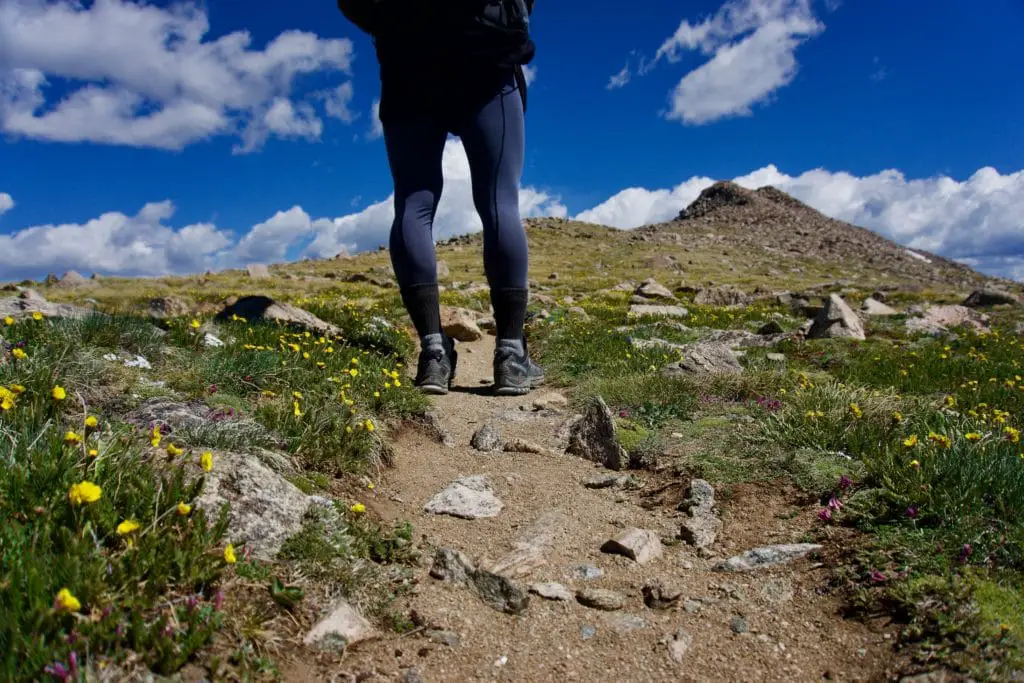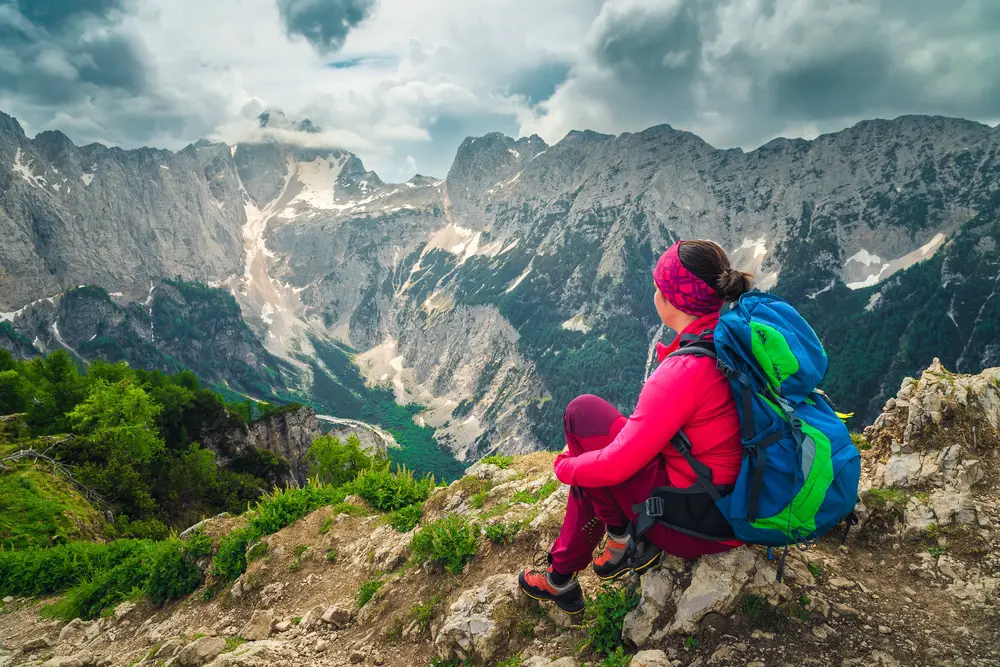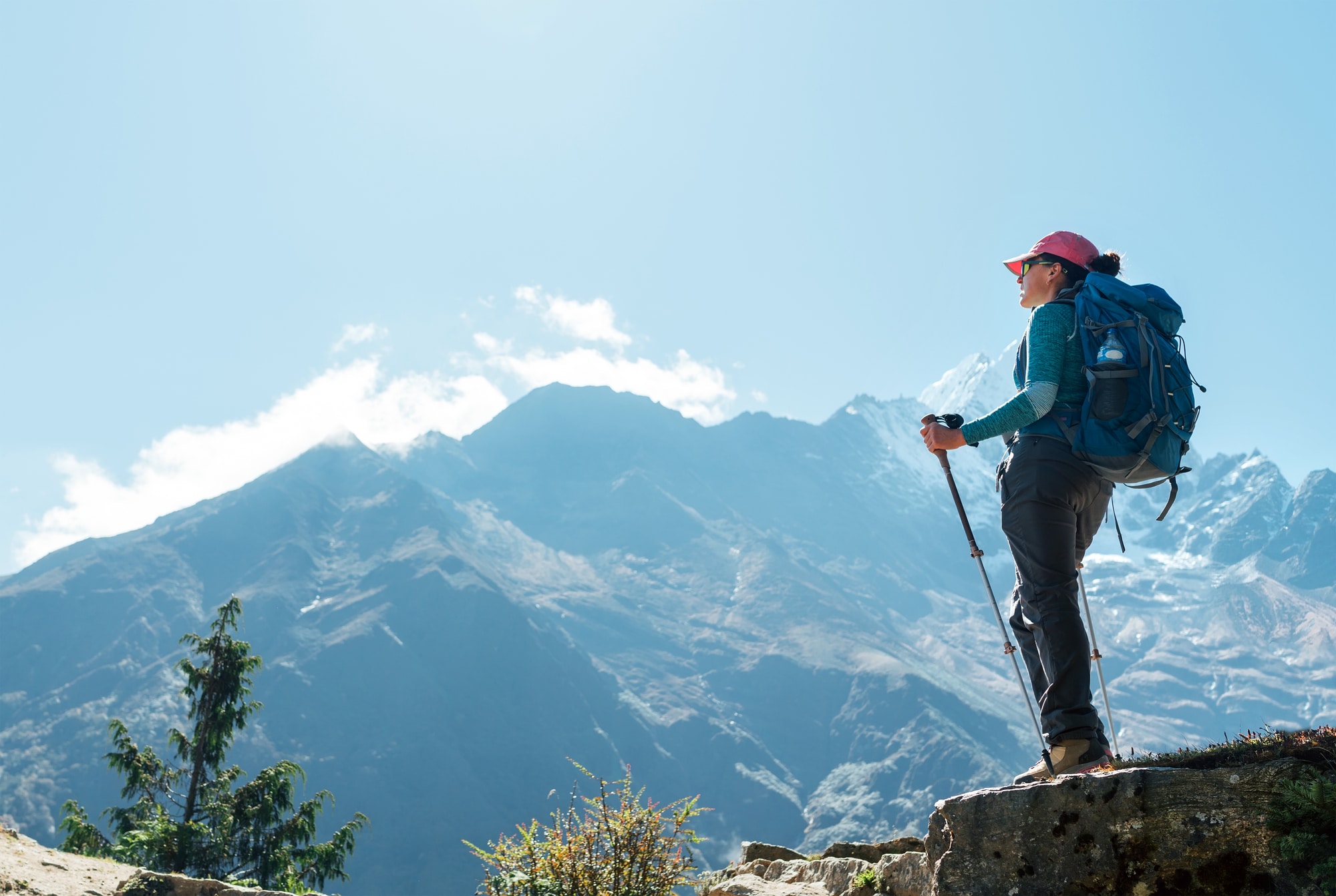Thermals are an important part of hiking, but sometimes it is hard to know how tight or loose they should be. If you want thermals to be effective at regulating your body temperature, they need to fit snugly against your skin.
Snug thermals do not need to be skin tight so that you can not breathe, or you have a hard time comfortably moving during your hike. But, you need to have them close to your skin so that the thermal material can do its job.
If your thermals are too loose, all of your body heat will be lost very quickly, which will make your hike difficult, especially if you are in below-freezing temperatures. Tight thermals will keep your body heat right up against your skin so you can be outside all day without feeling too cold.
Furthermore, thermals are meant to keep your body dry from sweat and other moisture. If your thermals are too loose, the sweat and moisture will stick to your skin for the entire day, which in turn will keep your body temperature too high or low depending on the temperature. If your thermals are tight, they will immediately wick away sweat from your body, making your hike more comfortable and keeping your body temperature regulated.
Finally, tight thermals will be the most comfortable. If you have loose thermals, they will be very difficult to put layers on top of. Having a loose shirt or pants under other pants will make you feel like you are wearing too many layers.
You do not want your base layer to be rubbing up against your skin under your other clothes, which tight thermals will not do. They also will allow you to add more layers on top of them since there is less material.
What are Thermals?

Thermals are a base layer worn under other clothing and are closest to the skin. Heavier thermals worn in cold weather are also referred to as long johns or long underwear.
The purpose of thermals is to keep your body temperature regulated when you are hiking, whether it be in hot weather or cold weather. Different types of thermals are better in certain climates and temperatures than others.
When you wear thermals, they are an important part of keeping your body working during your hike. If you do not choose the proper thermals, you can risk hypothermia, make your hike more difficult than necessary, or feel uncomfortable all day long.
When should you wear thermals?
Thermals serve many different purposes depending on the weather, the length of time that you will be outside, and where you will be hiking.
First, the weather is an important factor in deciding when to wear thermals. Thermals are an important thing to wear in cold weather. They are effective at keeping you warm so you stay safe and can be outside for long periods.
However, you can wear thermals whenever you want. Many hikers wear thermals in the summer to stay dry in the heat. Thermals can be effective at wicking away sweat. They can also protect your skin from the sun, both from the heat and from sunburn.
Thermals will also wick away moisture in the winter. When you are wearing thermals in cold weather, they will keep your body warm, in which case you may sweat. Your thermals will keep the sweat off of your skin so that you are not uncomfortably hot, cold, or moist.
Another good time to wear thermals is to protect yourself from ticks while hiking. Ticks like to be attached to the skin, so if you can wear thermals with long sleeves and pants, you will have less skin exposed for ticks to attach to.
Overall, thermals have a lot of benefits which is why many hikers choose to wear them. If you are going to wear thermals, no matter what time of the year, you need to know how to choose the best kind.
How do I choose the best thermal wear?

As discussed above, make sure to choose thermals that fit your body but are not too tight. If your thermals are too tight, you could restrict your movement, which would make your hike more difficult than it needs to be. Even worse, you could cut off your circulation and hurt yourself while hiking.
Furthermore, when you are hiking in the winter, you will always wear thermals with long sleeves and long pants. However, you may want to wear thermals that do not completely cover your skin in the summer.
For example, you can wear a short sleeve base layer that will still wick away sweat from your armpits and torso. But, you can have your arms exposed for some fresh air. The length of your hot weather base layer is a matter of personal preference, but you should know your options when choosing the best thermal wear for you.
In cold weather, you need to choose thick enough thermals to keep you warm but not too thick that you are overheating. Cold-weather thermals typically come in three varieties: Lightweight, medium weight, and heavyweight.
Lightweight thermals are great for fall or spring hikes when the weather is well above freezing, but you still want an extra layer of warmth. Heavyweight thermals are very thick but will be efficient at keeping you warm in below-freezing temperatures. Medium weight thermals are great for hikes with temperatures in between freezing and cool.
Finally, you will need to choose the best material for the climate and weather you are hiking in. You can read more about the best base layer material in the next section.
What is the best base layer material?

The best base layer material will depend on the weather you are hiking in. For hot weather, synthetic material is best since it wicking away sweat and other moisture.
If you will be doing an intense hike, or you will be in the sun, this type of material will keep your sweat off your skin and keep your skin cooler for longer. If you are in a wet climate and it will be raining, the synthetic material will also be good since it will not absorb water as quickly as other base layer materials.
Finally, synthetic materials are lightweight, so even though you are wearing more clothing, you will feel cooler. Synthetic materials are the best base layer in the summer.
Next, you will want to have a heavy, thick base layer for hiking in cold weather to keep you warm without completely restricting your movement. Wool material is perfect for cold weather because it can retain your body heat throughout your entire hike.
However, a wool base layer will not make you feel like you are overheating or sweating. The material is good at keeping heat close to your body without keeping all of the heat against your skin where you would be uncomfortable.
Wool base layers also come in different thicknesses for different temperatures. The base layer that you wear in forty-degree weather will be different from your ten-degree base layer. This variety will allow you to choose a base layer that will keep you warm without being too heavy.
Finally, if you are not in extreme weather but in a mild, dry climate, you can try cotton base layers. Cotton holds moisture, so only wear cotton base layers if it will not rain, and you will not sweat.
Do you wear boxers under a base layer?
While you do not have to wear boxers under a base layer, there are benefits to doing so. Having boxers on allows you to change your base layer easily, lets you wear your thermals for longer, and more. You can learn more about wearing underwear under thermals here.
Final Thoughts
Having thermals that are not too loose but not too tight is very important. If your thermals are too loose, they will not keep you warm or wick away moisture, making them useless. If your thermals are too tight, you will be extremely uncomfortable and put yourself at risk of losing blood circulation.
If you do not choose the right thermals, including the material, the fit, and the thickness, they will not be effective in keeping you comfortable and warm on your hike.

